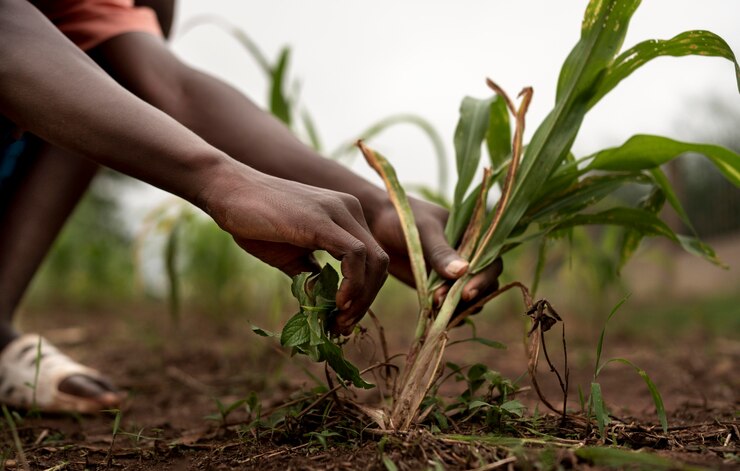According to the United States Department of Agriculture, the 10th Crop Progress report for the 2024 growing season was issued, relating to the week ending June 2, 2024, and describes general conditions of the agricultural sector in the country. The report provides the latest information on the current progress of corn and soybean planting in the top-producing 18 corn-growing states of the nation.
Corn Planting Progress
As of the latest report, 91% of the corn crop is planted. That number reflects well on the industry and efficiency of American farmers, making great strides to get their crops in the ground. More importantly, 75% of the corn crop is rated as good to excellent—this being a strong start to the season with many good conditions that forecast robust yields later in the year.
The good/excellent rating is always a very important factor when considering crop health—including soil moisture, plant development, and pest management. Considering that such a huge percentage of the crop is in good condition, farmers are hopeful for a jumbo harvest. This goes without saying, given the unpredictable weather patterns and with the corn crop continuing to meet both domestic and global demand.
Soybean Planting Progress
Soybean planting is also running well ahead of the average, with 78% of the crop planted and 55% emerged. This quickened pace in planting goes to be a reassuring sign that farmers are dealing with planting schedules effectively and getting in fields any time they can when weather allowed for good planting windows.
Another critical factor for soybeans is early emergence, since this is what will set up the crop for healthy development of plants and increased crop yields. At this point, more than half of the soybean crop has already gotten out of the ground, so the emergent outlook looks OK for this major crop. Timely plantings with well-timed emergence of soybeans are both critical to supply chains and ensuring the food sector and biofuel industries have enough supplies.
Ag Sector Implications
This progress the USDA reports on is good news for the agricultural industry. The timely planting and healthy crop conditions of the crops are instrumental in very high yields and stability in food supply chains. The economic implications from this progress are of importance as well, since high yields will help to keep the price of commodities stable in the market and maintain steady income flows for farmers.
Also, the efficient cultivation of corn and soybean fields testifies to better technological innovations and modern farming. From precision farming methods to new breeds of seeds and pest management techniques, everything seems to fall in place for the 2024 planting season.
Challenges Ahead
This is, of course, a very promising report; still, at the same time, farmers have to keep eyes open against any probable odd situations. Weather conditions like drought or excessive rainfall can still hamper crop development. In addition, outbreaks of pests and diseases are ever ready to attack and have to be managed with precaution.
These will require continued investments in research and development. The risks that the sector is exposed to can be reduced by adopting technology and sustainable farming practices to make it more resilient to unfavorable climates, among other factors.
Conclusion
The USDA’s 10th Crop Progress report for 2024 indicates that corn and soybean planting in the United States looks very promising. Ninety-one percent of the corn crop is already planted, and 75% is rated good/excellent; for soybeans, planting reaches 78%, while emergence is at 55%. Hence, it got off to a good start. These developments point to a healthy harvest and underline how necessary modern farming techniques are to succeed in agriculture.
Needless to say, everything will depend on climatic and other extraneous conditions through the progression of the growing season. But to this point, the resiliency and productivity of U.S. farmers and ranchers show why they are able to help feed the nation and the world.
You can find more detailed information by visiting latest reports and updates from the USDA and other agricultural resources.

